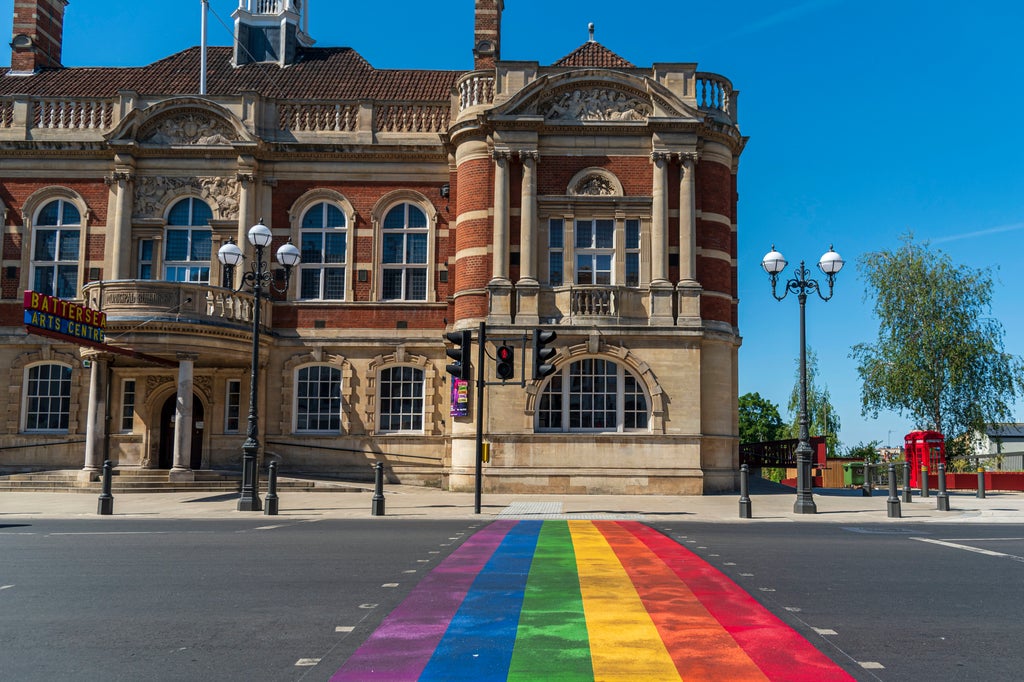
The rainbow features the colours of the internationally recognised Pride Flag which has come to symbolise diversity and pride of the LGBTQ+ community worldwide. (Photo by Dave Rushen/SOPA Images/LightRocket via Getty Images)
The number of Brits identifying as lesbian, gay or bisexual has increased year-on-year, according to the latest Office for National Statistics (ONS) figures.
In 2019, an estimated 2.7% of the UK population aged 16 years and over identified as lesbian, gay or bisexual – an increase from 2.2% in 2018.
The number of women in the UK identifying as LGB also increased year-on-year: from 2.0% in 2018 to 2.5% in 2019.
The ONS also found that young people aged between 16 and 24 years were most likely to identify as LGB. Some 6.6% of this age group described themselves as lesbian, gay or bisexual in 2019 – a pronounced increase from 4.4% in 2018.
“An estimated 1.4 million people aged 16 and over in the UK identified as lesbian, gay or bisexual (LGB) in 2019 – a statistically significant increase from 1.2 million in 2018 – continuing the trend we have seen over recent years,” said Penelope McClure of the ONS.
“People aged 16 to 24 continue to be the most likely to identify as LGB, however the proportion of older adults identifying as LGB, while much smaller, is also increasing.”
It’s worth noting that this ONS survey did not give people the option to describe themselves as pansexual or queer. It also didn’t ask any questions about people’s gender identity.
This year’s UK census, which took place in March, was the first to recognise LGBTQ+ communities by asking two new voluntary questions on sexual orientation and gender identity. When it is published in 2022, it should give us a fuller portrait of gender and sexuality in the UK.
Like what you see? How about some more R29 goodness, right here?